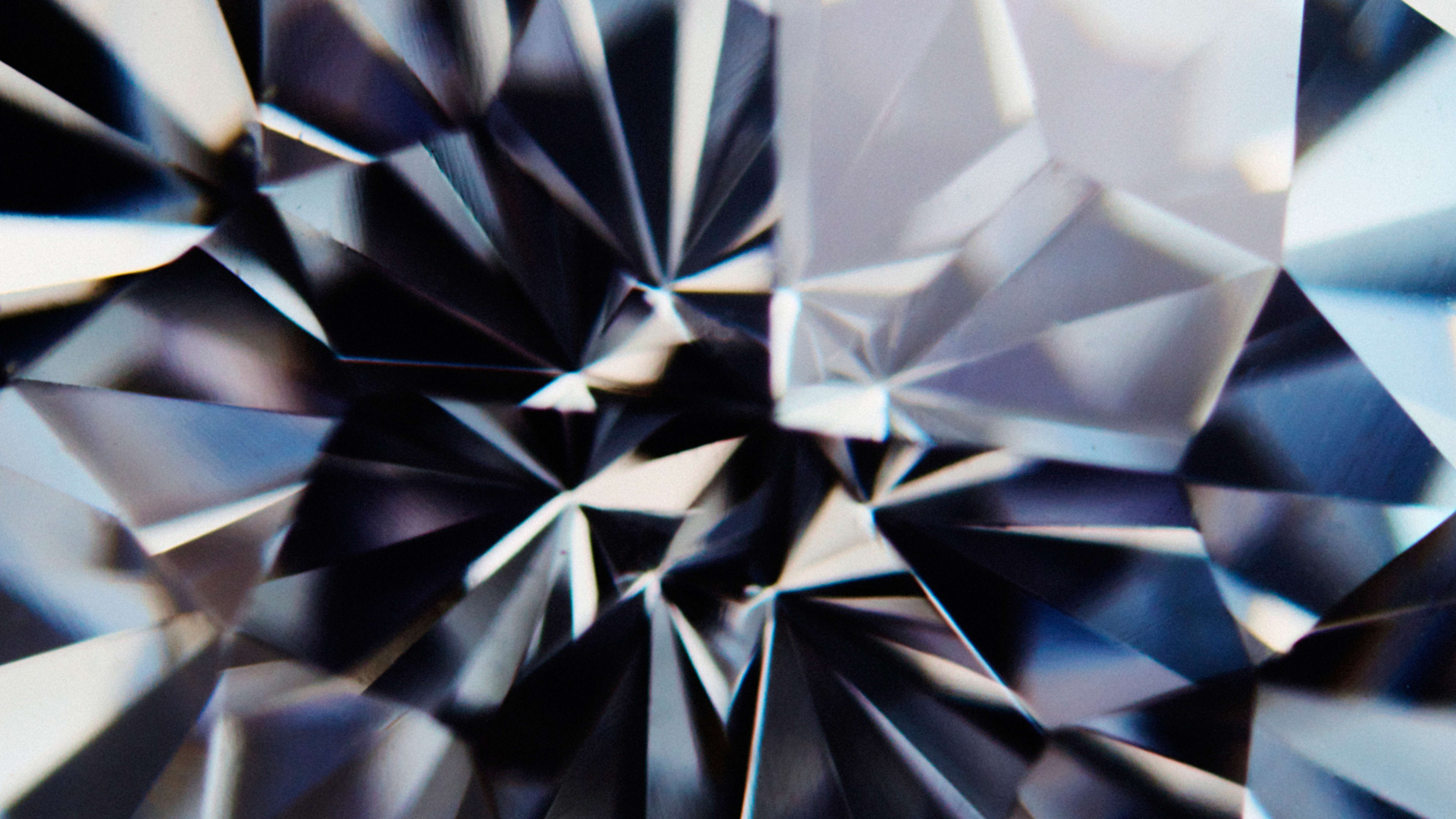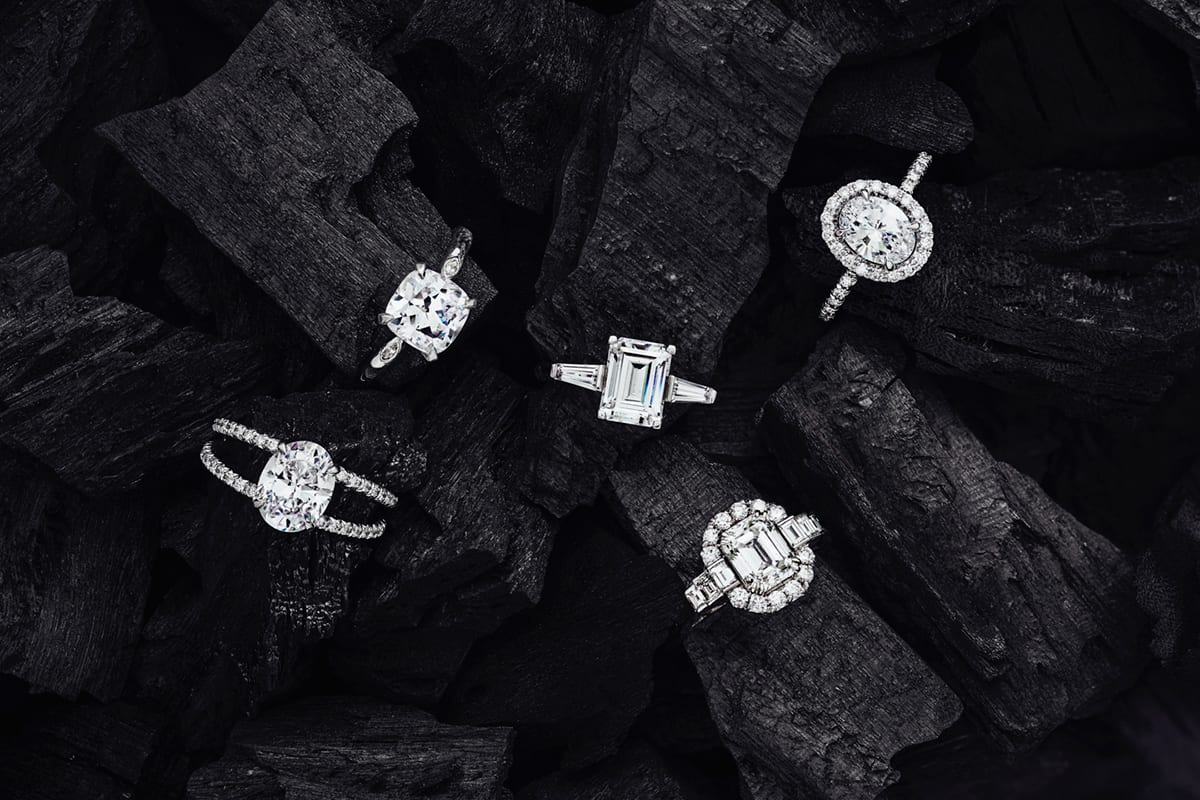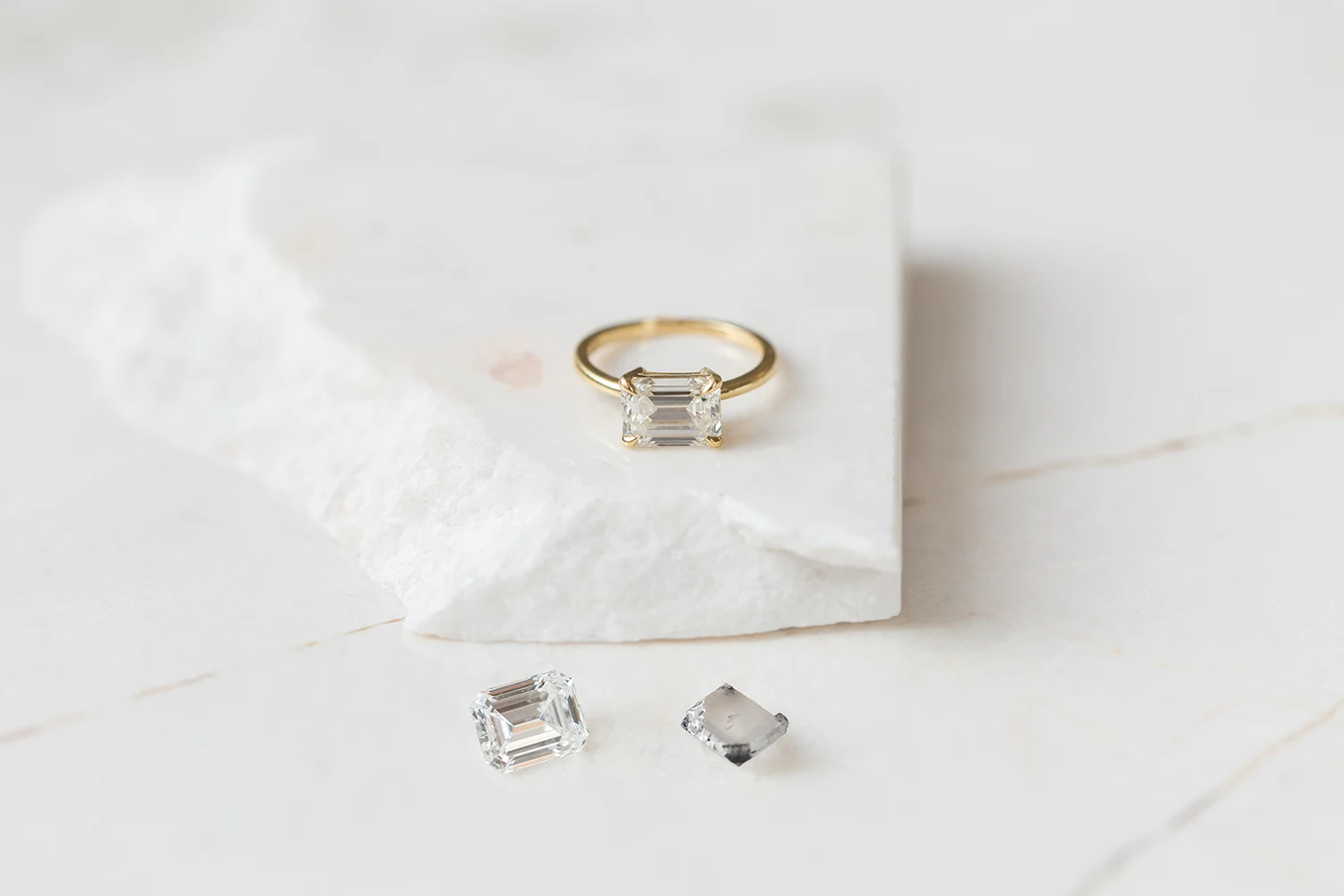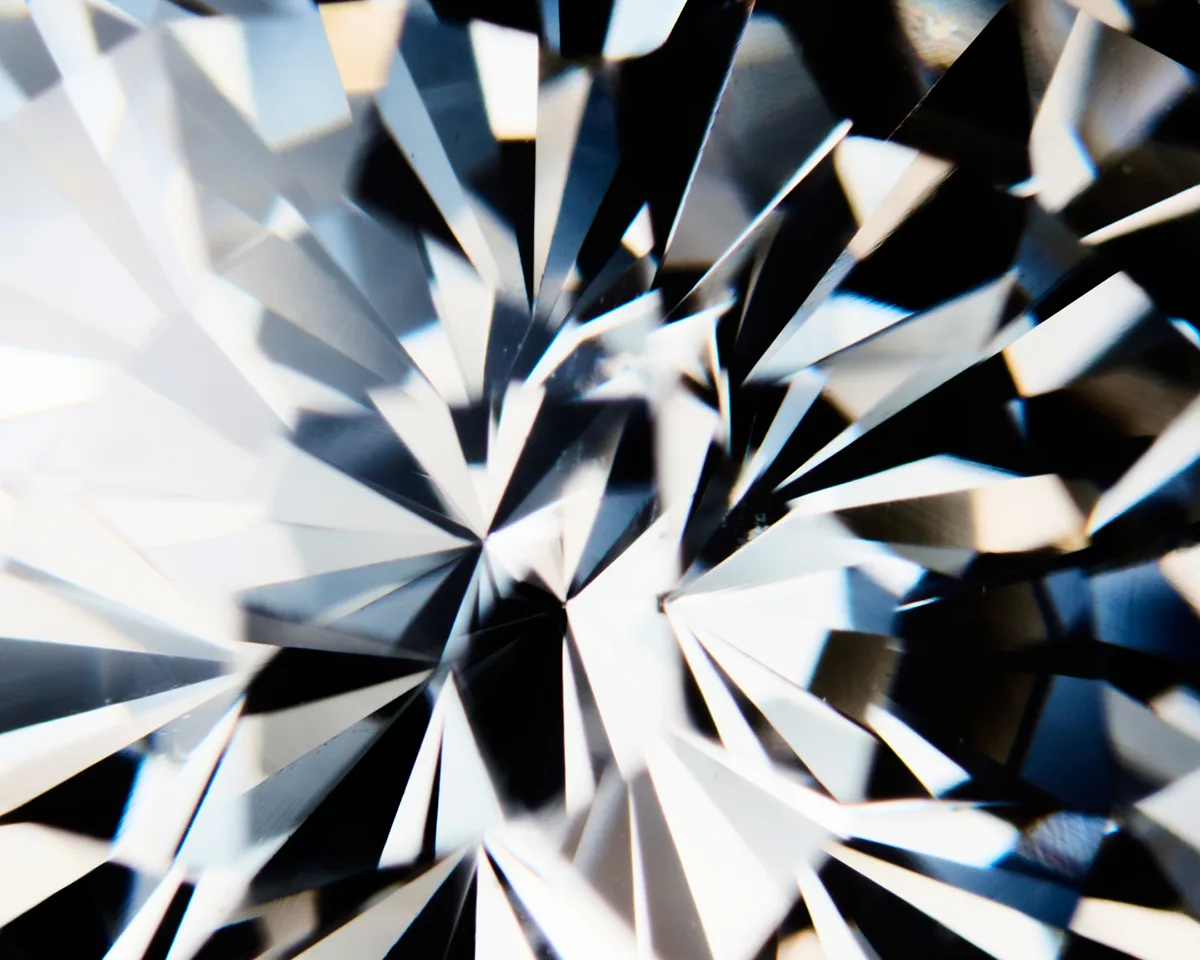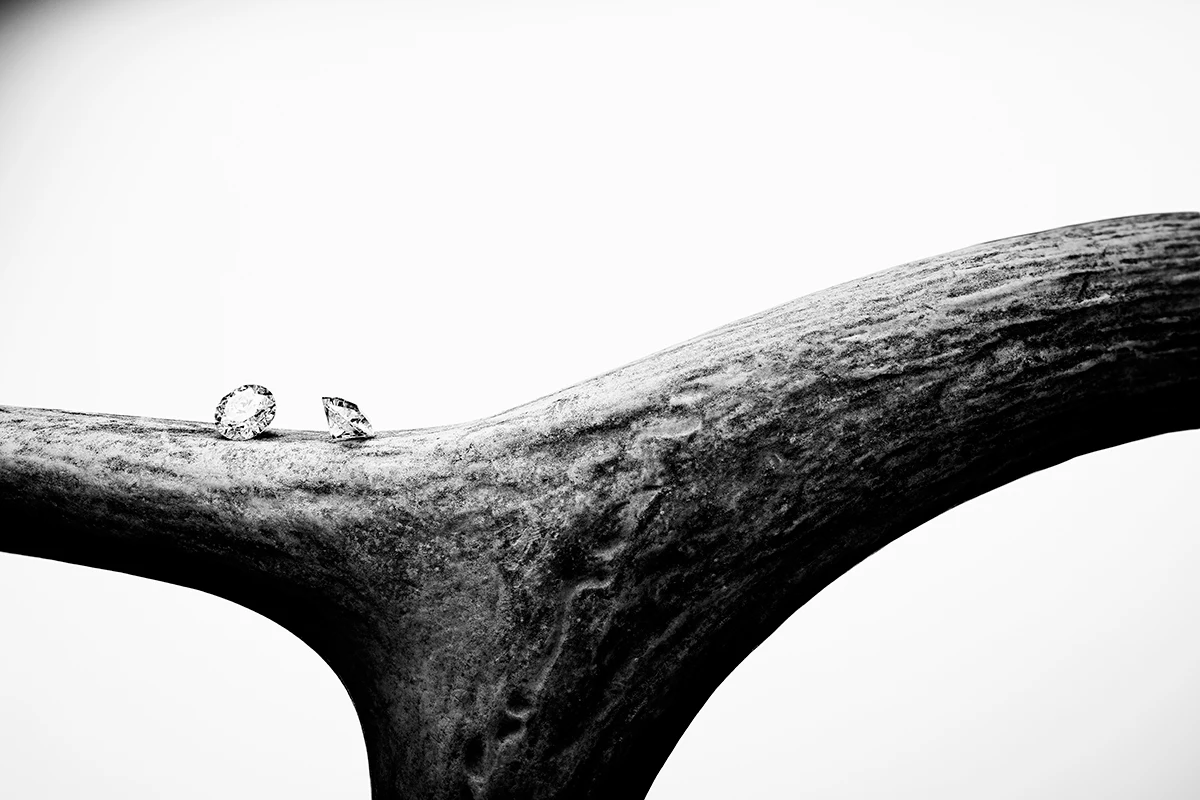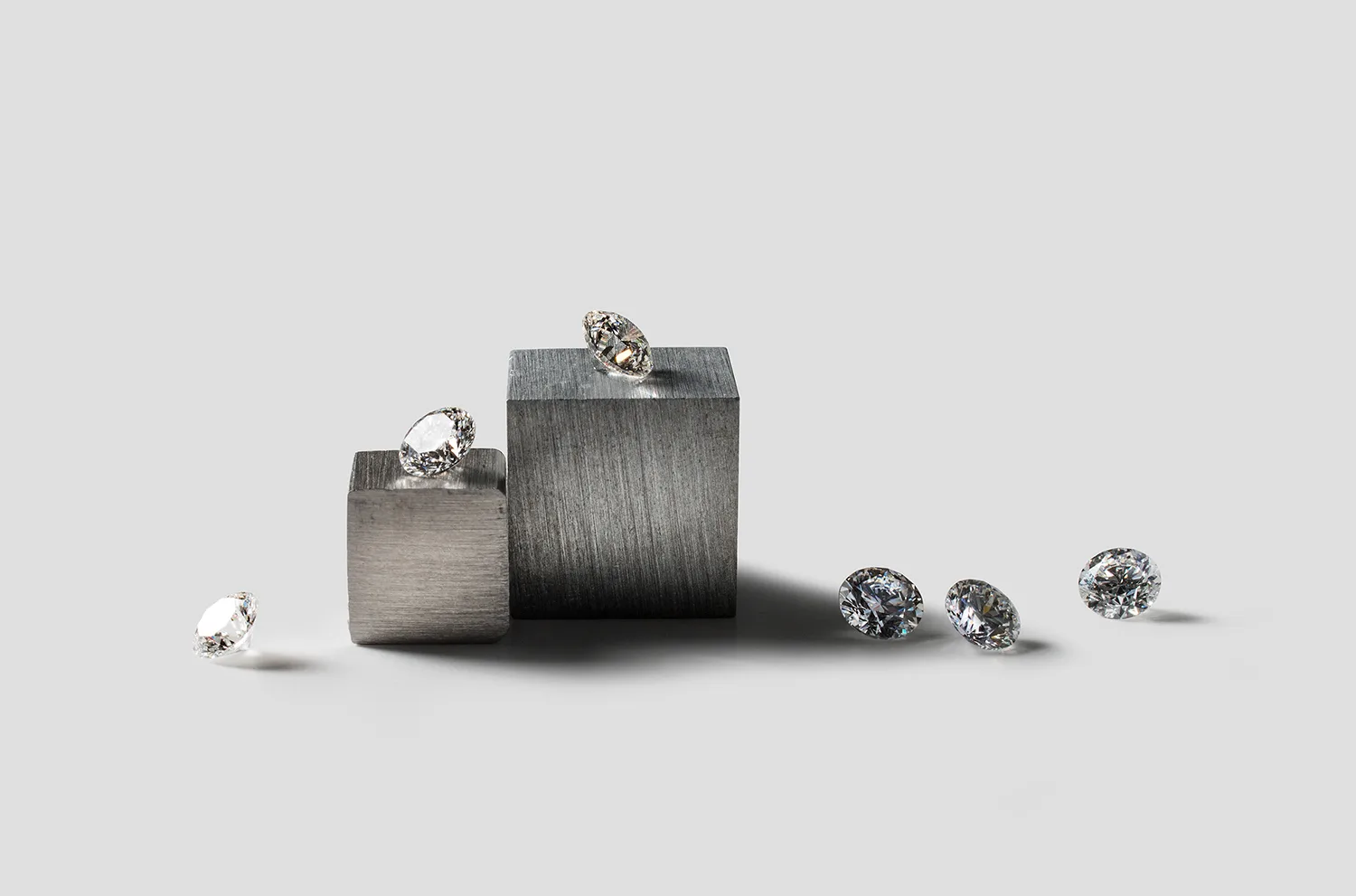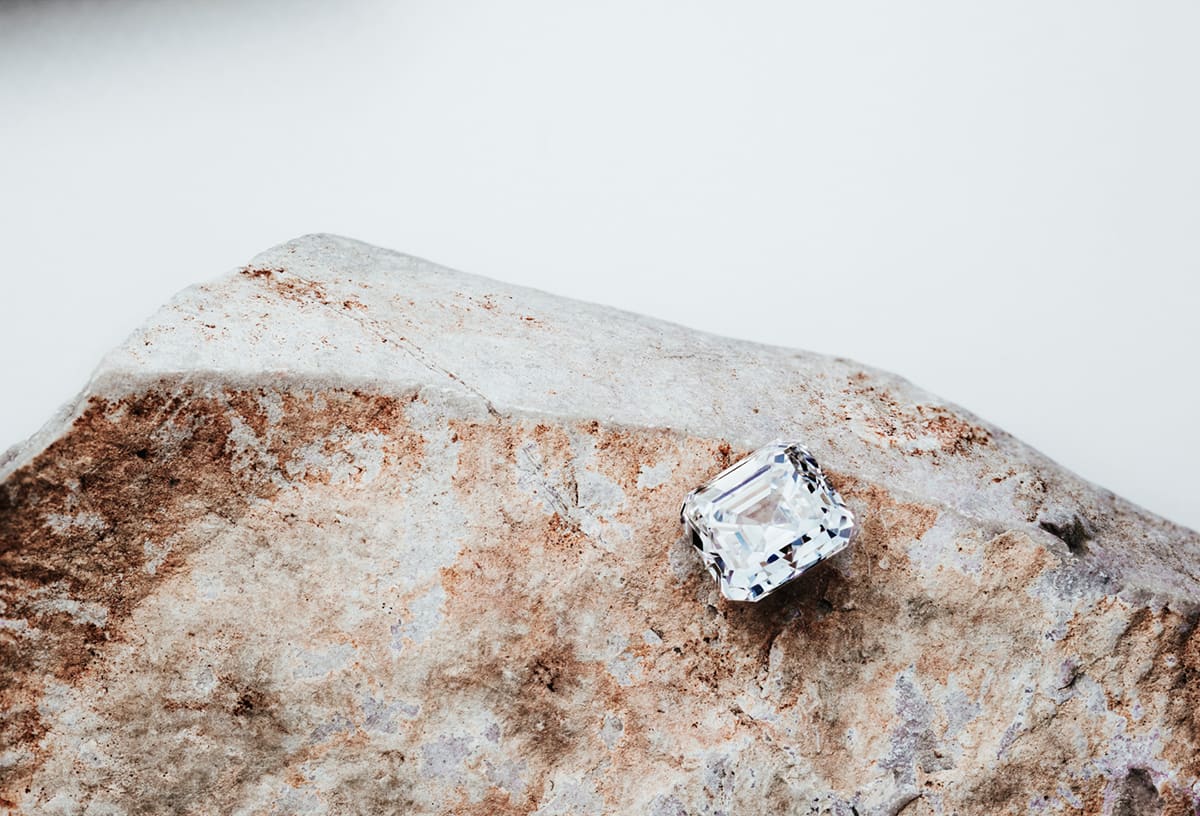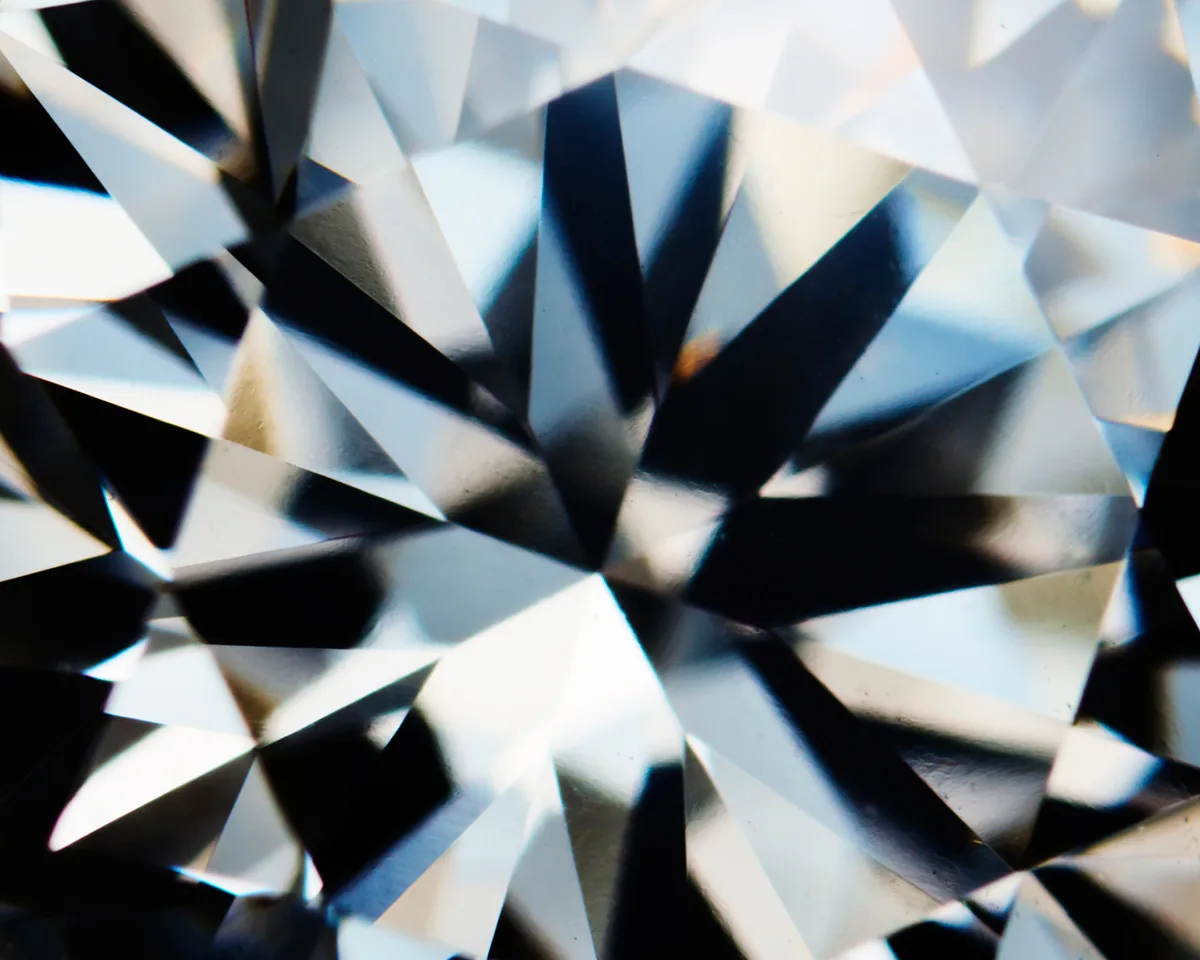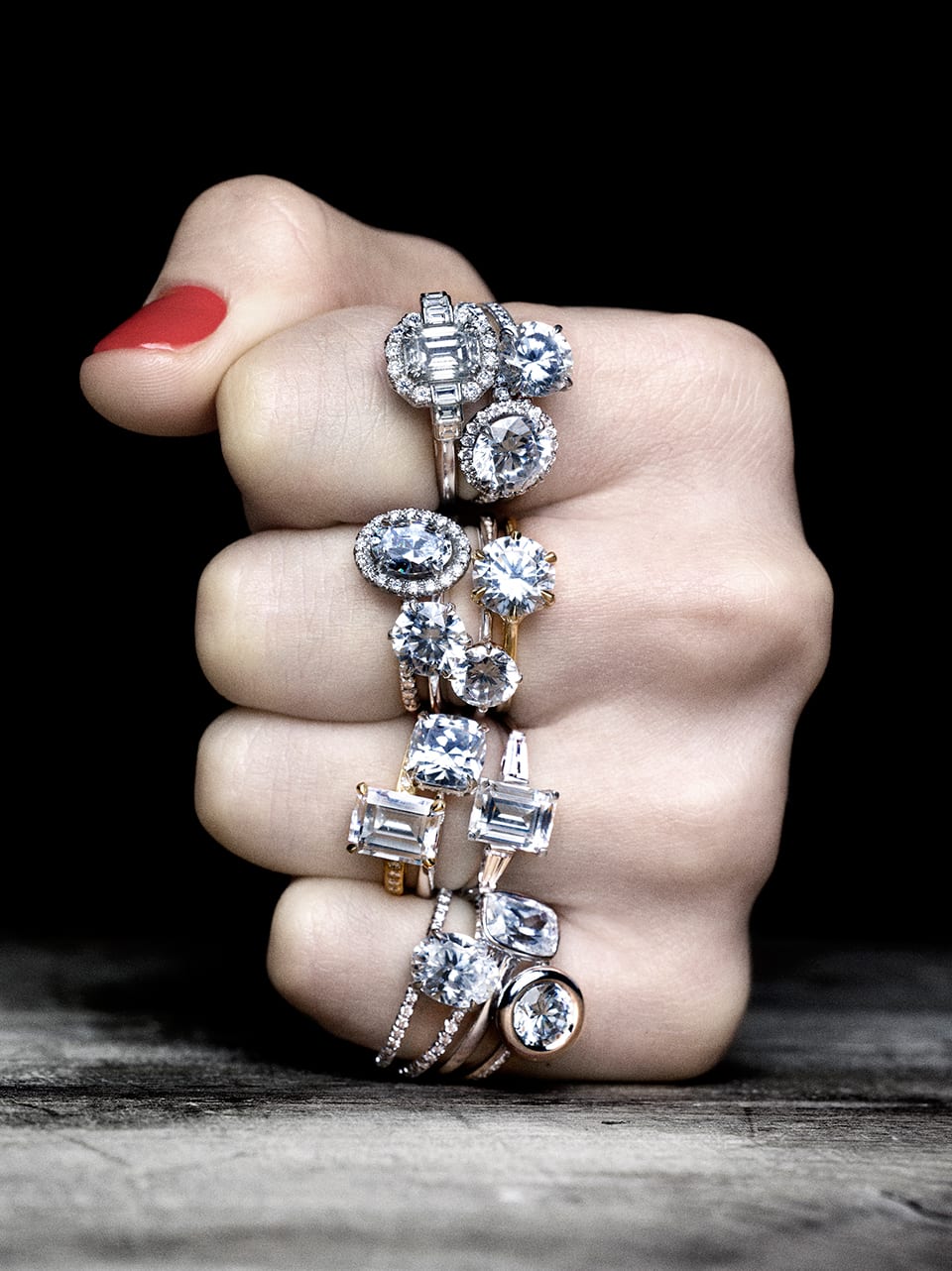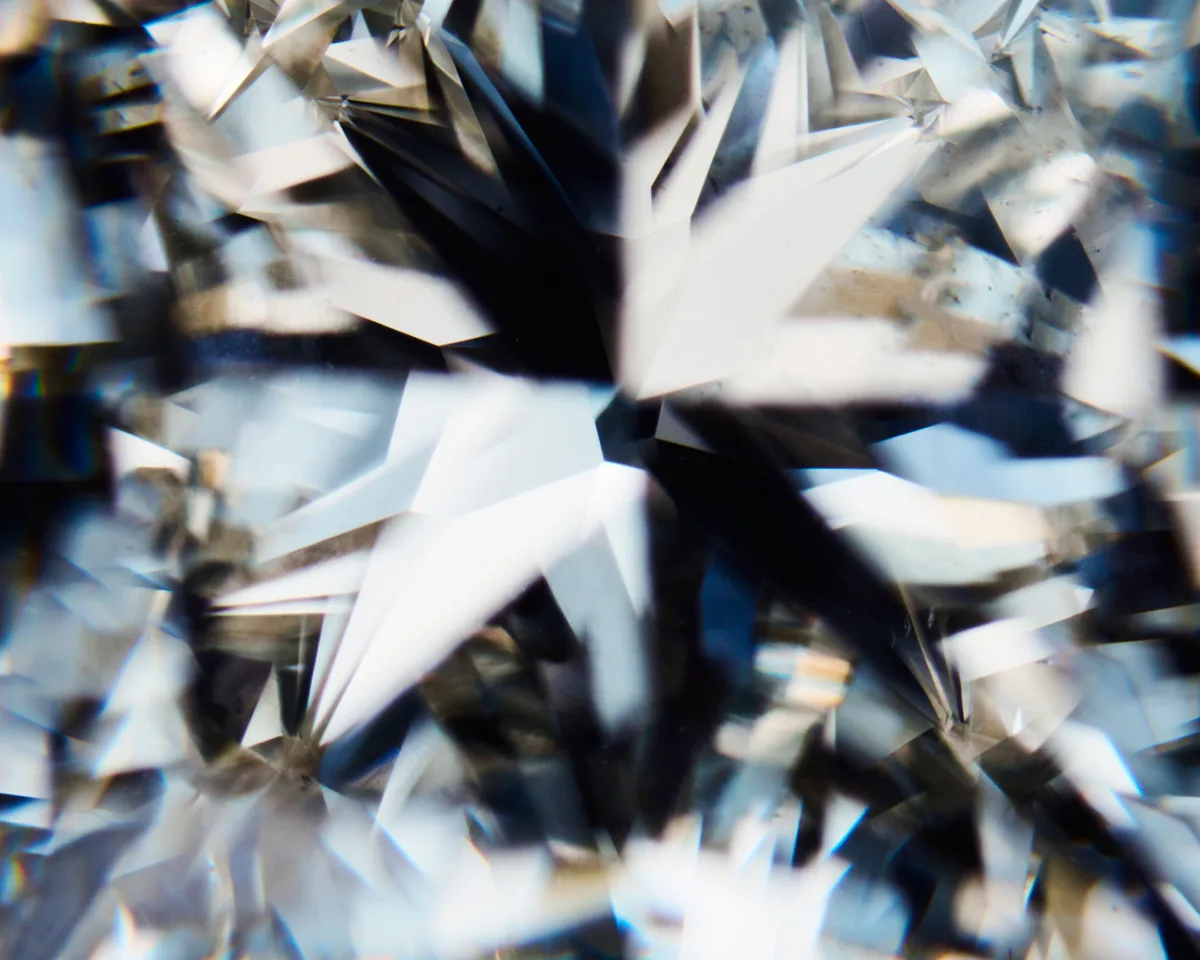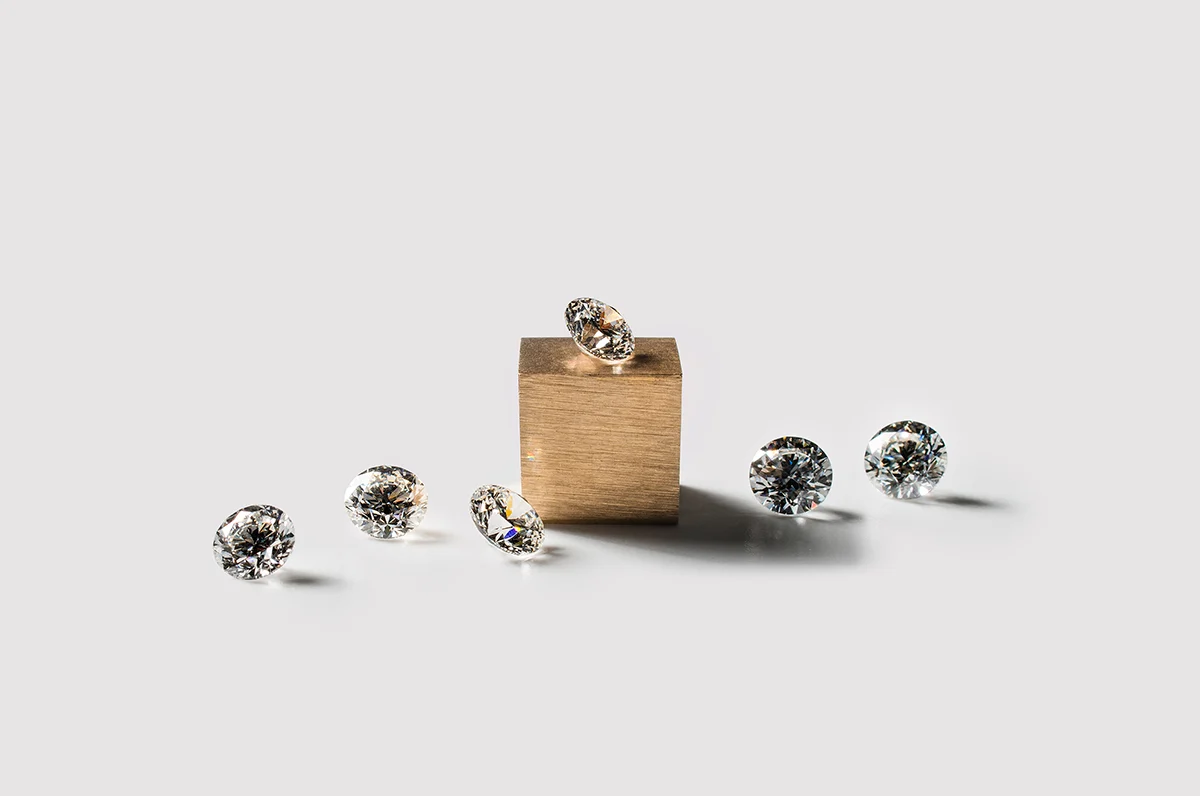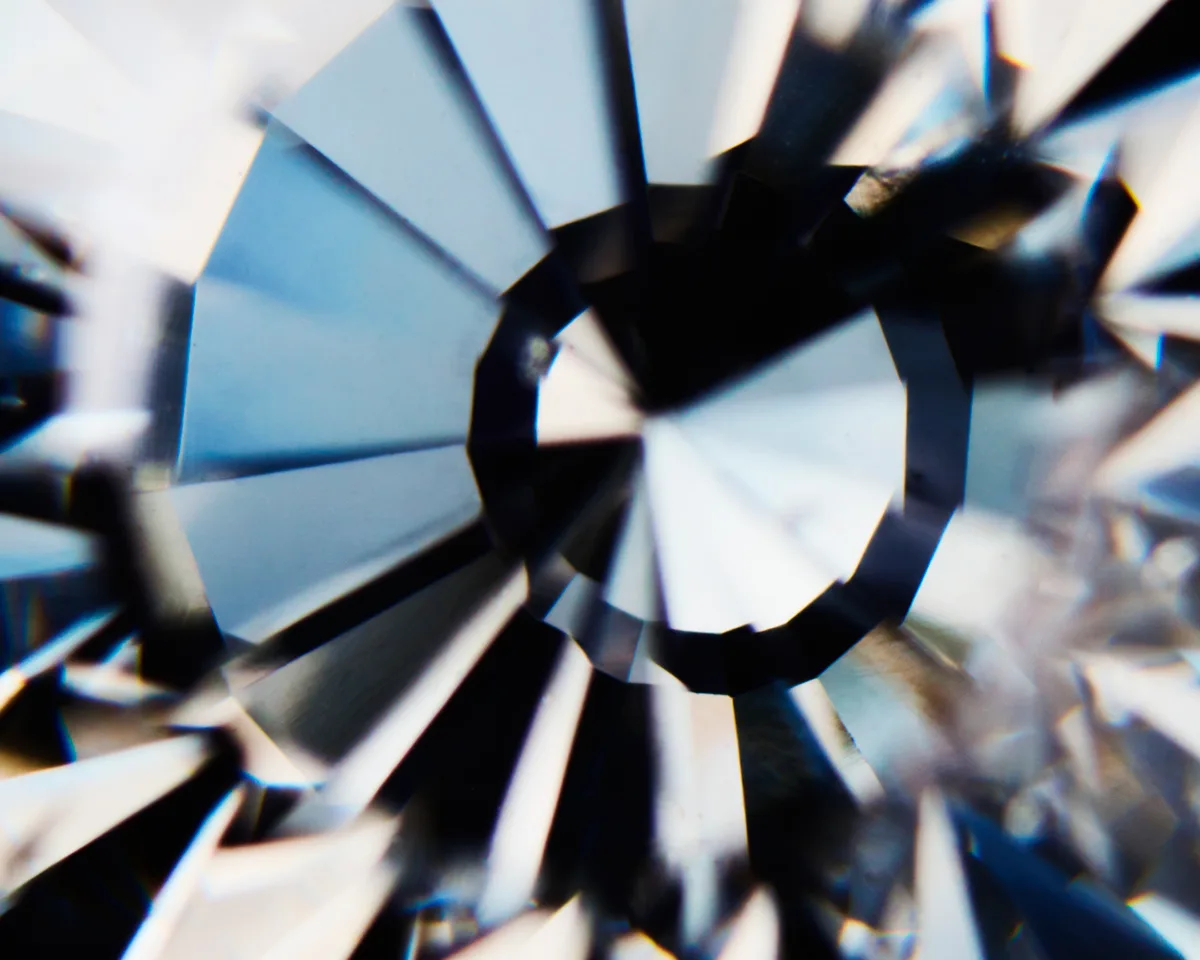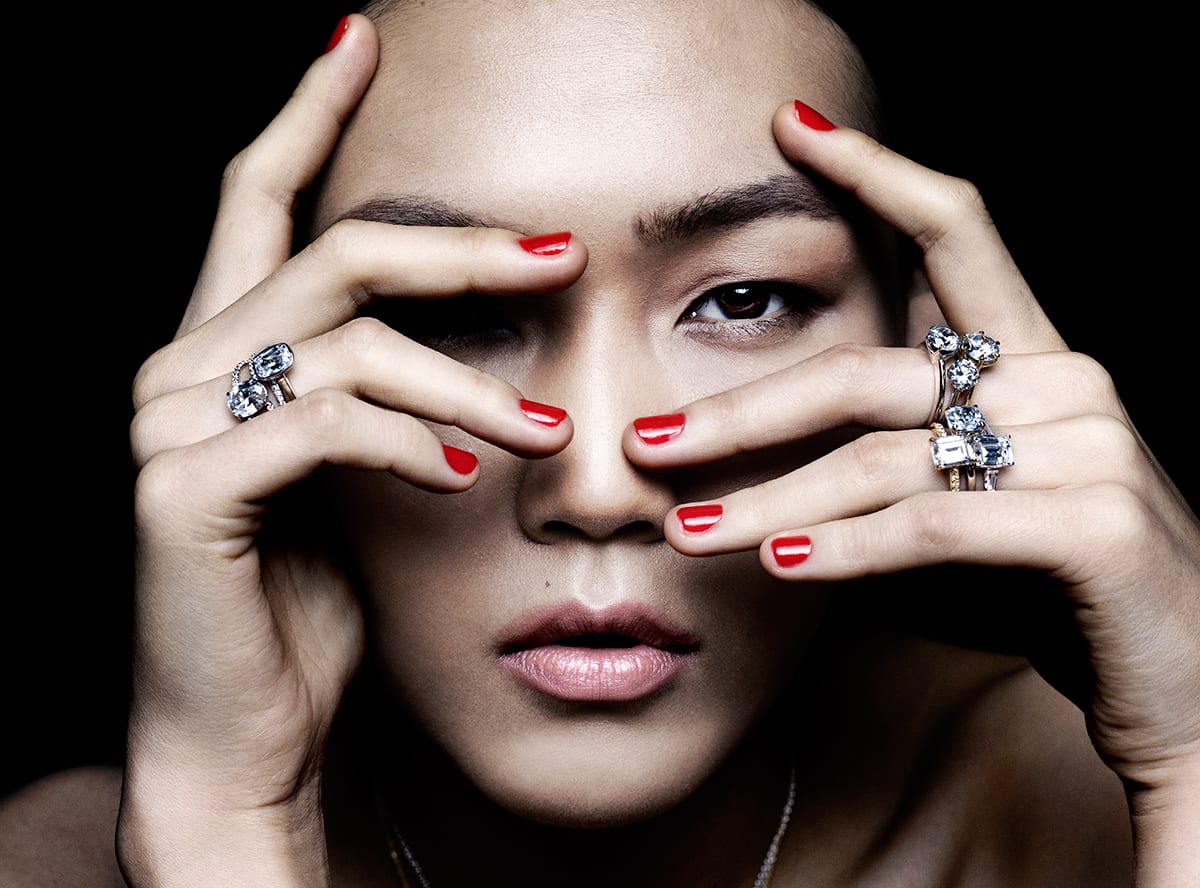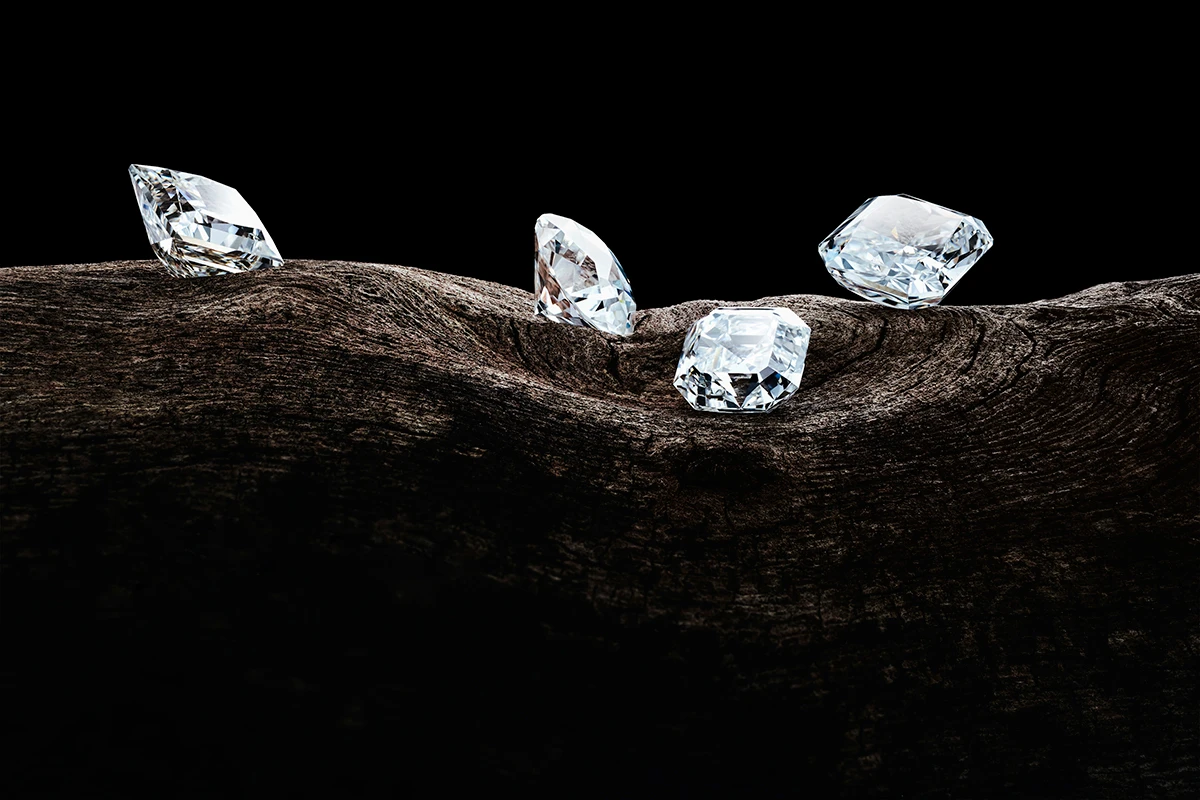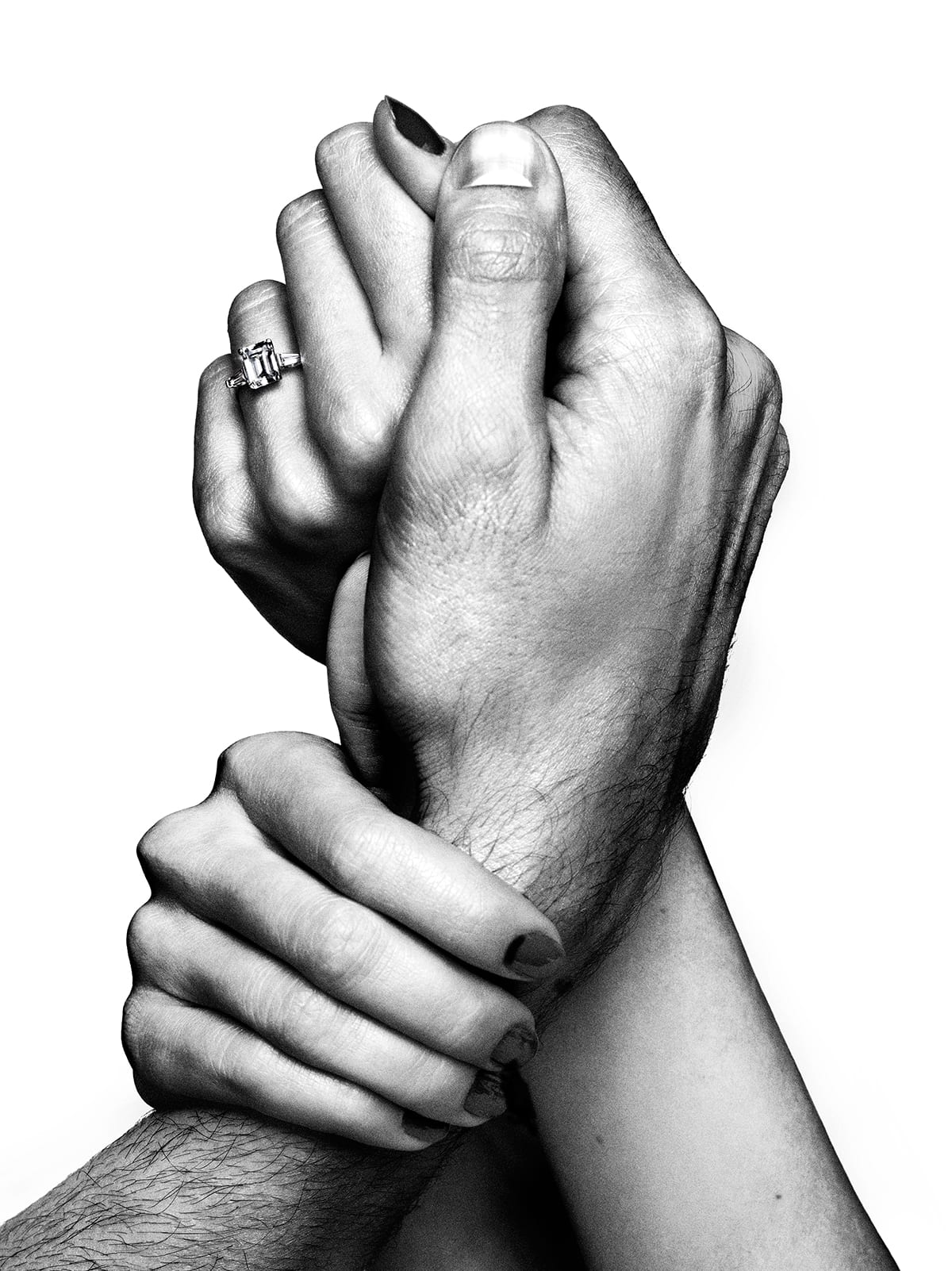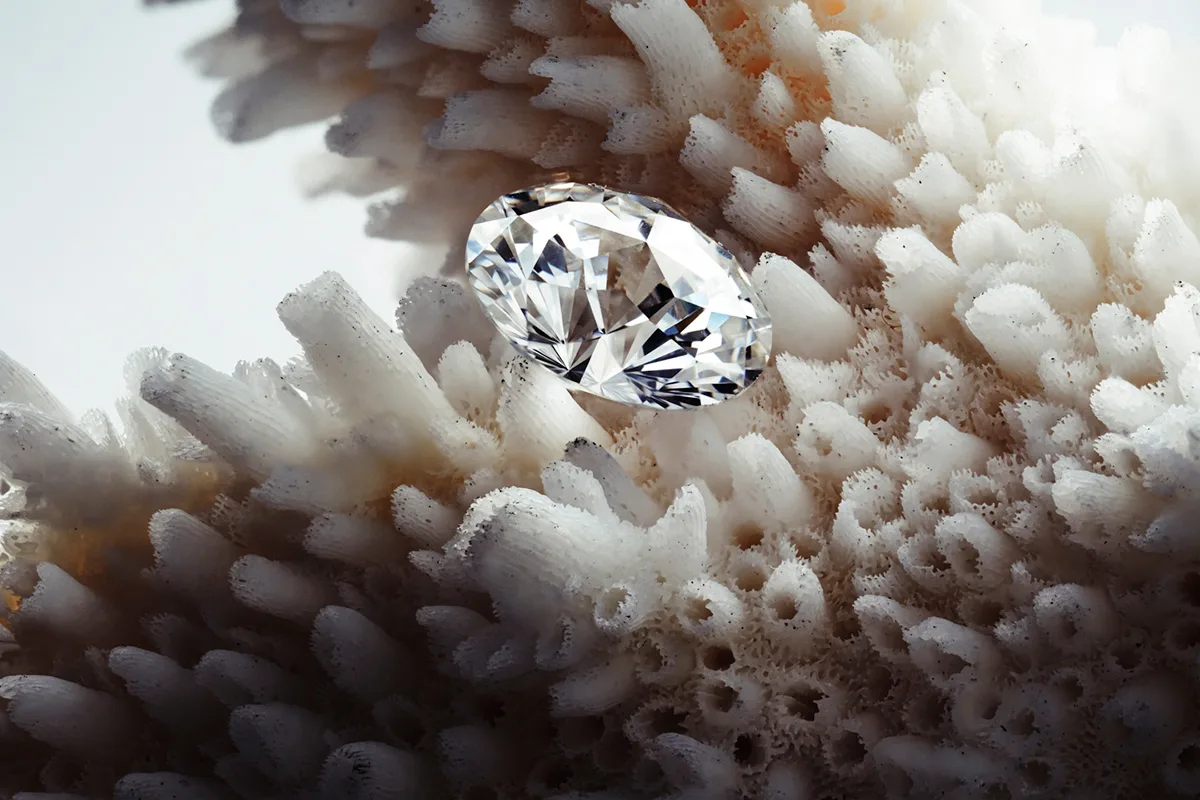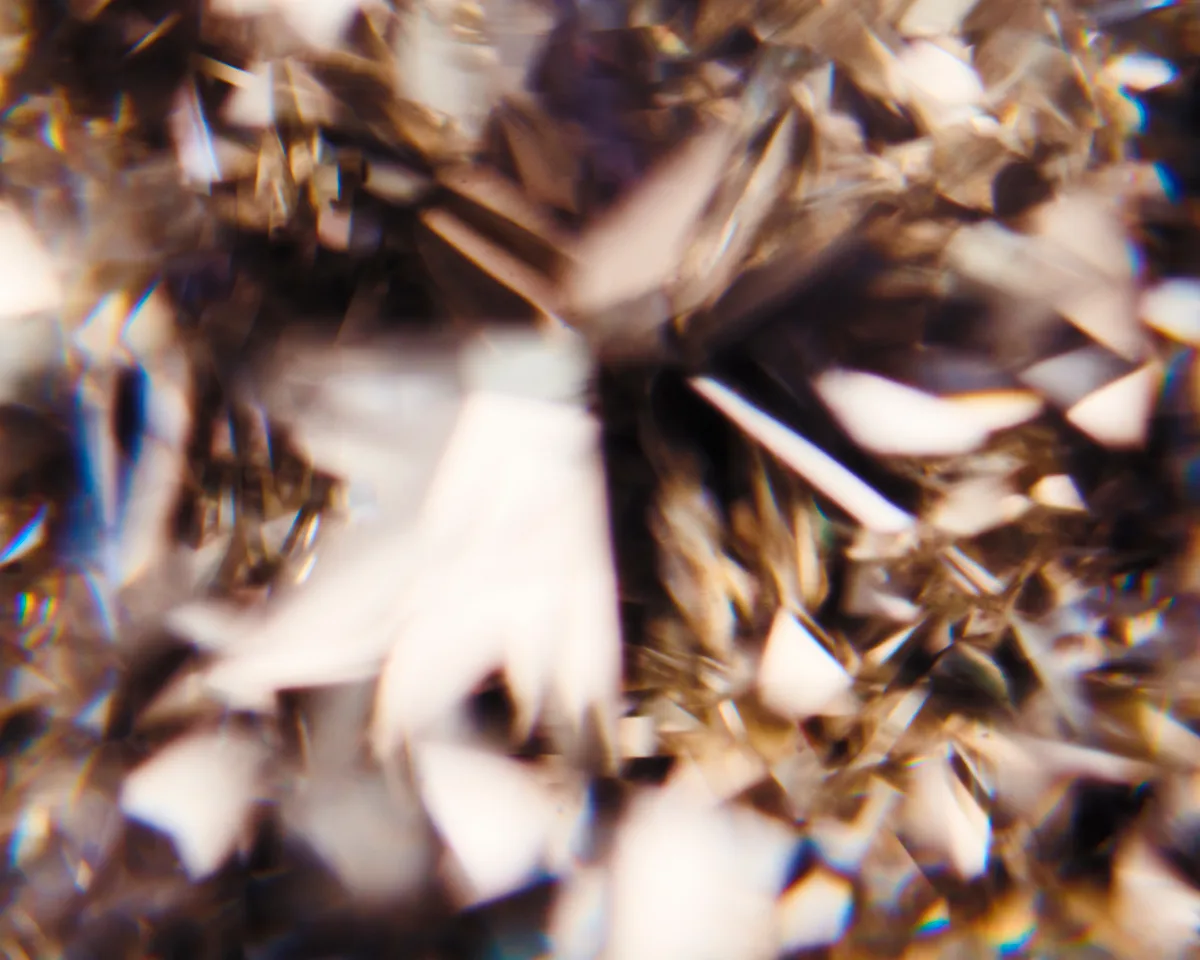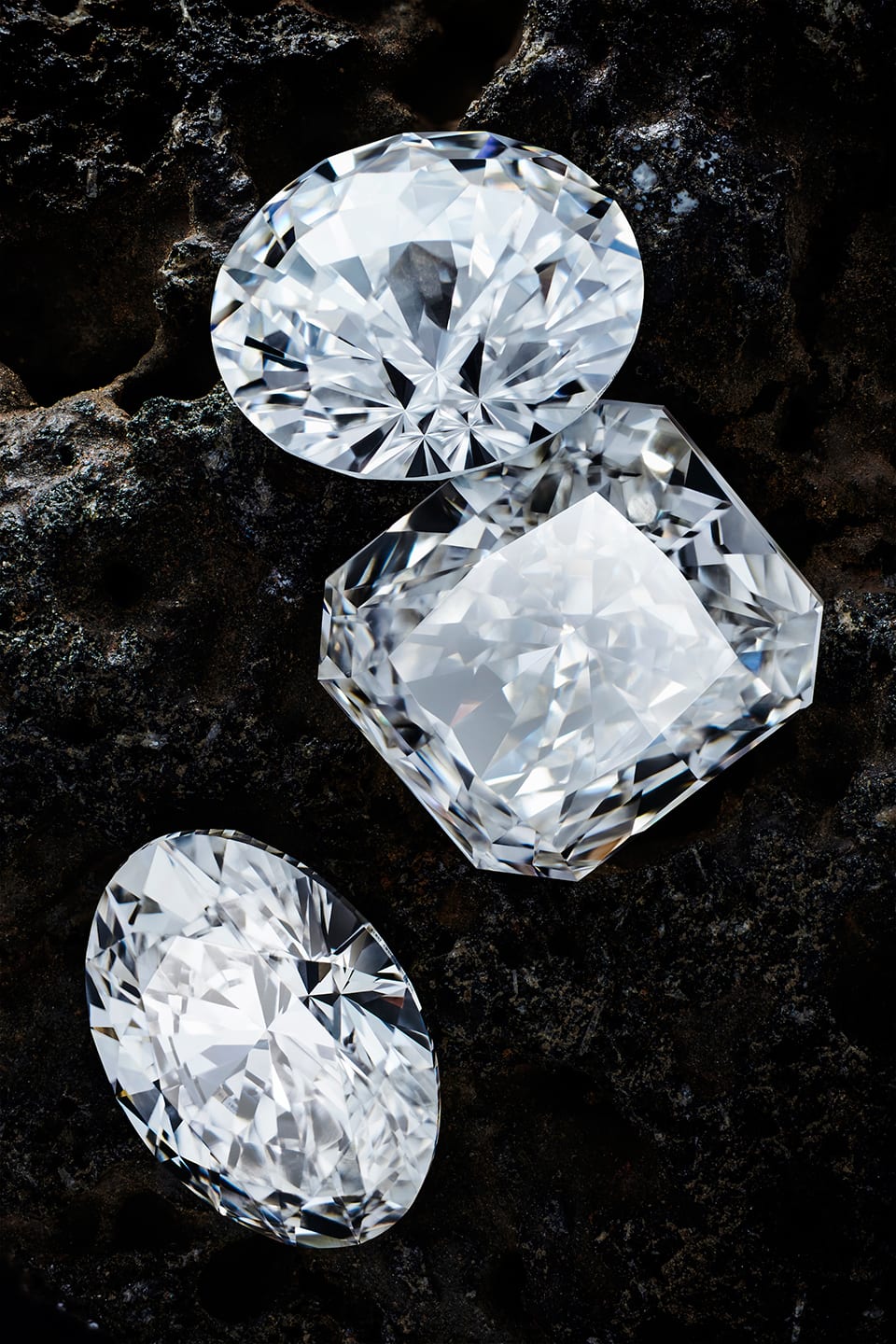How was that made? What’s in it? Where’s it from? Were the workers exploited? Were the cows pumped with antibiotics? Is it gluten-free?
Consumers nowadays, especially millennials, are increasingly demanding transparency in what goes in and on their bodies. And for some—what goes on their finger.
“We’re asking questions about everything we buy now: I want to know that my makeup isn’t full of toxins, my clothing wasn’t made by children, and my food is free of pesticides,” says Melissa Mock, a 30-year-old tech startup executive who got engaged last summer. “So of course, I wanted to know about the origins of my diamond.”
She and her now-fiancé had talked about her wishes for a rock that wasn’t mined by exploited workers or used to fund endless internecine conflicts, as highlighted in the 2006 film starring Leo DiCaprio, Blood Diamond.
On Labor Day, in the garden of the home they share in Santa Monica, Mock’s boyfriend proposed to her with an emerald-cut, “Pinterest-perfect” diamond designed by Vrai & Oro. The stone was created by Diamond Foundry, a San Francisco startup that makes diamonds using a machine that heats carbon to temperatures as high as the outer layer of the sun.
We’re not talking cubic zirconia here. The stones are atomically identical to diamonds that come out of the ground, and conflict-free. Mock was thrilled.
“I love the idea that a diamond is this beautiful, high-quality stone that will not scratch and really does last forever,” she says. “Diamond Foundry had found a way to replicate a process that was happening in nature—they found a hack.”
Mock and others like her are rewriting the rules of engagement traditions. Some are even choosing alternative gemstones, such as sapphires and opals. But among those who want diamonds, a growing number are considering lab-grown diamonds, according to a Bain survey. While sales of manmade diamonds amount to only 1% of the market, there’s reason to believe there’ll be major growth over the next decade.
For one thing, the production of mined diamonds is expected to peak in 2019, according to The Economist. At that point, supplies of new diamonds will begin to decrease by one to two percent a year.
Demand is also slowing: Bain’s 2016 Global Diamond Industry Report said the outlook for the $200 billion sector is challenging and “uncertainties cloud the social, political and economic environments in key markets.”
The other thing the man-made bling has going for it is the retail price. Depending on the jeweler, you can save between 20% and 40% on a lab-grown version.
“For the most popular shapes and sizes, the savings is 35%,” says Krish Himmatramka, the founder of Do Amore, an ethical jewelry startup that sells both kinds. For a one-carat diamond that is near colorless and clean to the naked eye, the cost of a mined diamond is about $5,000 at Do Amore, while a lab-grown diamond is closer to $3,300. “With that extra money, you could purchase the engagement ring setting and still have money left over,” Himmatramka says.

“I was pretty horrified about what went on in Sierra Leone in the late 1990s and how diamonds funded these warlords,” he told Time. “Amnesty International projected around 4 million people lost their lives as a result of these diamond sales.”
Diamond Foundry was founded in San Francisco in 2012 with $100 million in funding from a range of investors, including DiCaprio. Engineers from Stanford, M.I.T, and Princeton were also on board. It was one of three in the world turning out what are also called conflict-free diamonds. The other two are Singapore-based Generic Diamond and Russia-based New Diamond Technology.
Diamond Foundry’s first challenge was technical: building a plasma reactor that could create a high-quality diamond. After years of running thousands of physics simulations, they put together a machine made up of hundreds of precision-engineered parts that would generate extreme heat, explains CEO Martin Roscheisen, who earned a PhD in engineering from Stanford, graduating from the same program and class as Google founders Sergey Brin and Larry Page.
In nature, diamonds are formed when carbon is exposed to very high pressure deep in the Earth and are then carried back to the surface by volcanic eruptions. Part of their appeal comes from the fact that it takes a rare combination of geographical and geological factors for them to exist. Back in 1941, G.E. developed a machine that would heat carbon under pressure to create diamonds that could be used for industrial purposes, but those diamonds tended to be brittle and unsuitable for jewelry.
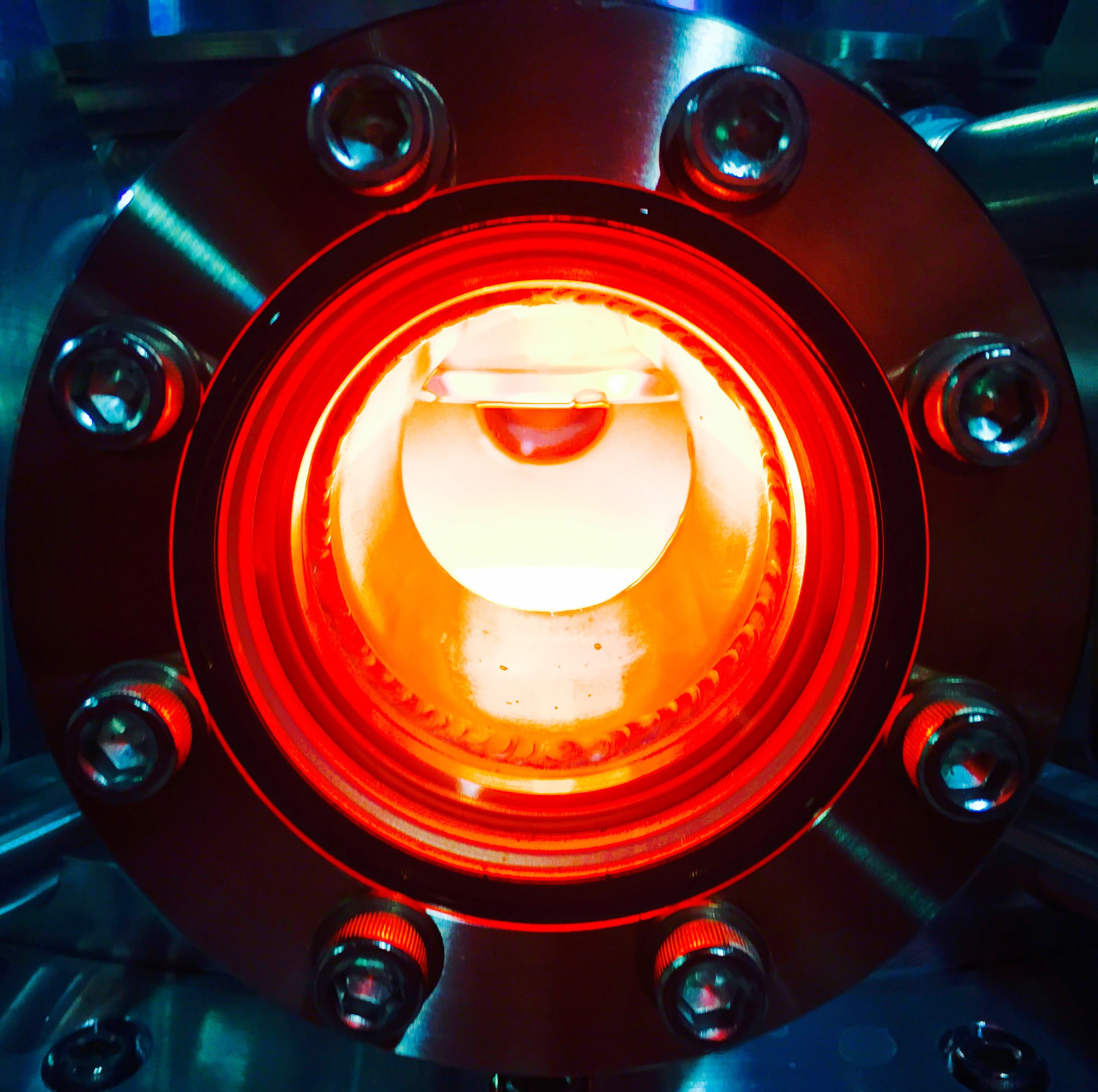
When word spread about the Diamond Foundry’s work, brands across the diamond industry started reaching out, asking to buy some of this output. “We discovered a large industry under distress,” says Roscheisen. “Mined diamond supplies are declining, miners are extremely profitable but everybody following that in the supply chain is extremely squeezed.”
Diamond Foundry’s diamonds entered the market in November 2015 and since then, its revenues have doubled every quarter, except for last quarter, when they tripled, according to Roscheisen. It is now in the process of quadrupling its capacity.
The company sells its own jewelry line on its website, but it also sells through retailers like Barneys and the direct-to-consumer startup Vrai & Oro that designed Melissa Mock’s ring.
“A lot of retailers right now love the fact that they now have an origin story around where the diamond comes from,” Roscheisen explains. “In any luxury product, provenance is really key. In the case of a mined diamond, you can’t really know, since it has changed hands two dozen times before it gets to you.”
For decades, the diamond industry has been tainted by the fact that the quest for diamonds has often led to violence, warfare, and human suffering.
Karen DeVincent, 29, who recently got engaged, said DiCaprio’s movie influenced the story behind her ring.
“I didn’t want to have such a special moment in my life tarnished by somebody else’s pain,” says DeVincent, whose fiancé presented her a ring sporting a pink sapphire, her gem of choice.
Vanessa Stofenmacher, founder and creative director of Vrai & Oro, says DeVincent’s perspective is fairly typical of the millennial generation, her target consumer. She’s spoken to hundreds of couples in their twenties and thirties as she was launching a collection of engagement and wedding rings. In her focus groups, some couples favored alternative gems, but others were keen on diamonds, but wary of their same ethical baggage. “A diamond is still an instant symbol,” Stofenmacher says. “You can put it on Instagram and everyone knows you’re engaged.”

“In most cases, they actually prefer them,” Stofenmacher says. “This is the first time they are being introduced to diamonds, so they are a lot easier to educate than someone who has been buying diamonds for 30 or 40 years.”
Krish Himmatramka, the founder of Do Amore, gives buyers a wide range of choices: mined diamonds, lab-grown diamonds (from the Russian company New Diamond Technology), sapphires, and clear white gem called moissanites.
“Millennials don’t believe that mined diamonds are somehow superior,” Himmatramka says. “Our brand tends to attract customers who care about ethics, but we’re finding that we don’t need to make the case that they should consider an alternative to a diamond.”
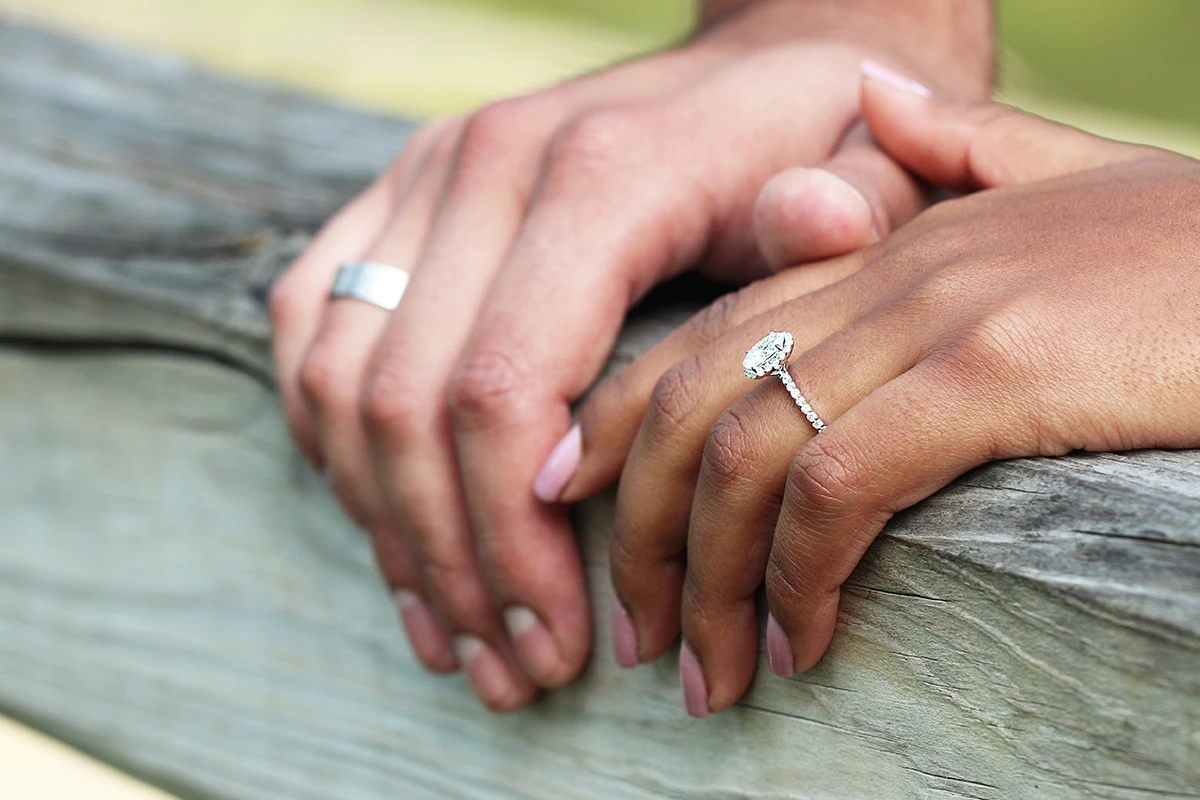
For one thing, older generations have more money to spend on diamond jewelry and for another, the logic that convinces an American audience to buy man-made diamonds won’t necessarily convince Indian or Chinese consumers.
Bain’s survey of millennials around the world found that the concept of lab-grown diamonds was slowly catching on. Young people in China, like those in the U.S., cited the lower price of synthetic diamonds as a key decision driver, while those in India appreciated the better ratio of price to quality. In both China and India, young people liked the cool technology that goes into making the diamonds. But there were also some negative associations with words like “fake,” “not real,” and “cheap” bandied about.
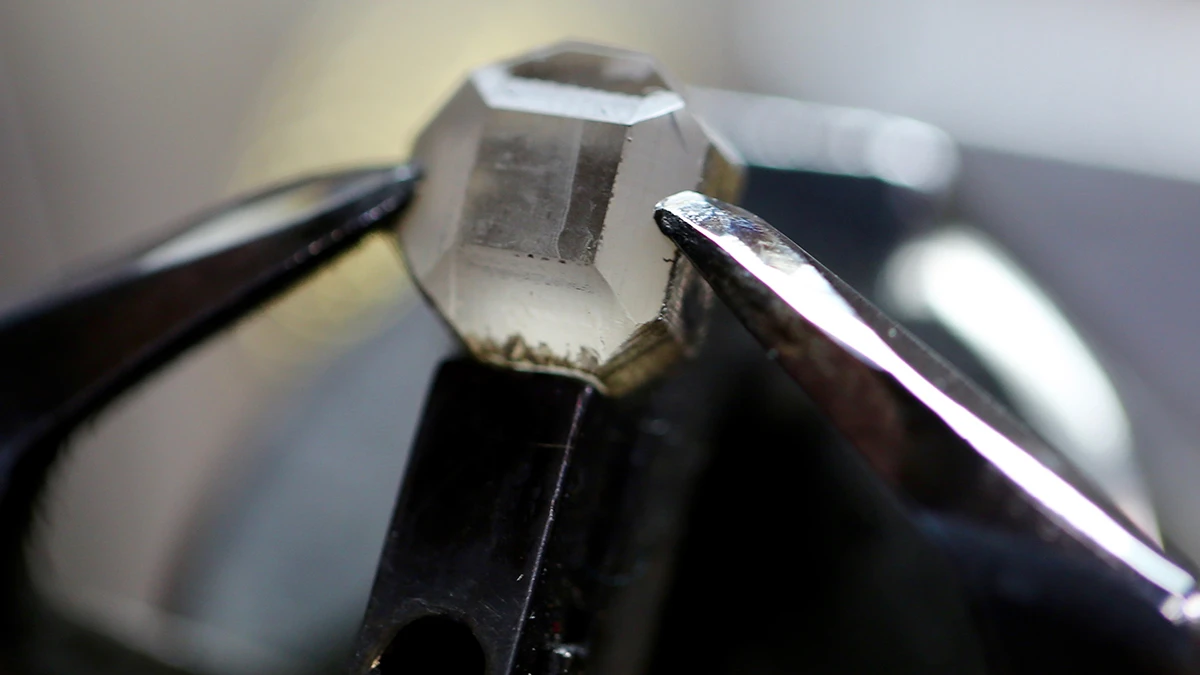
Recognize your brand's excellence by applying to this year's Brands That Matters Awards before the early-rate deadline, May 3.
